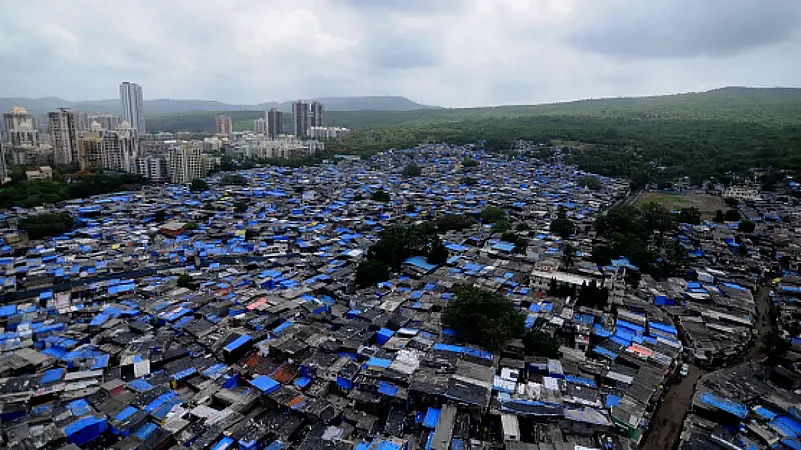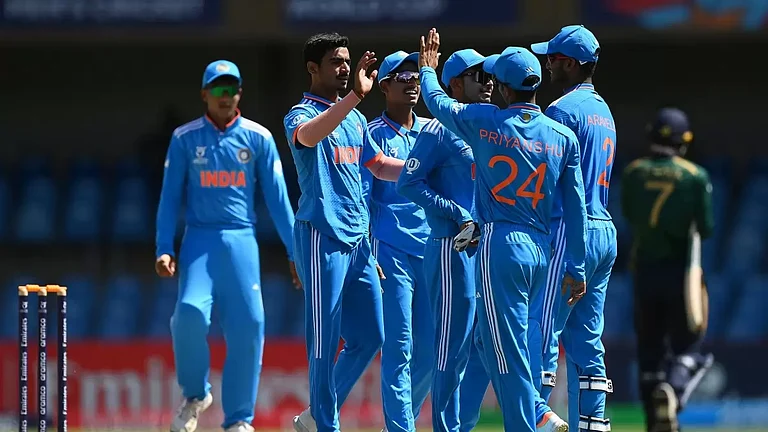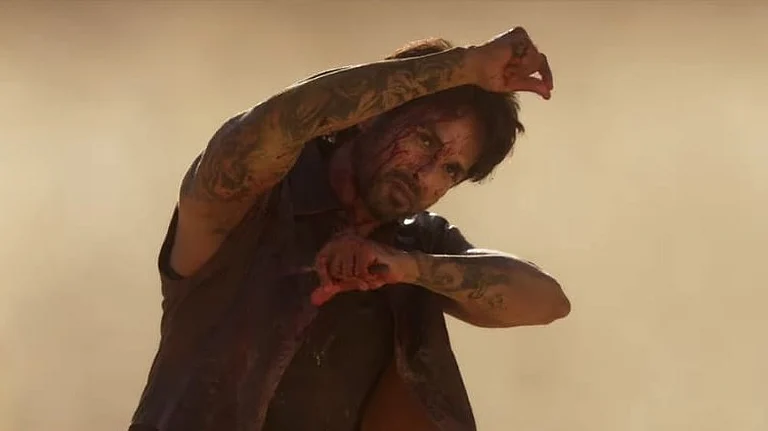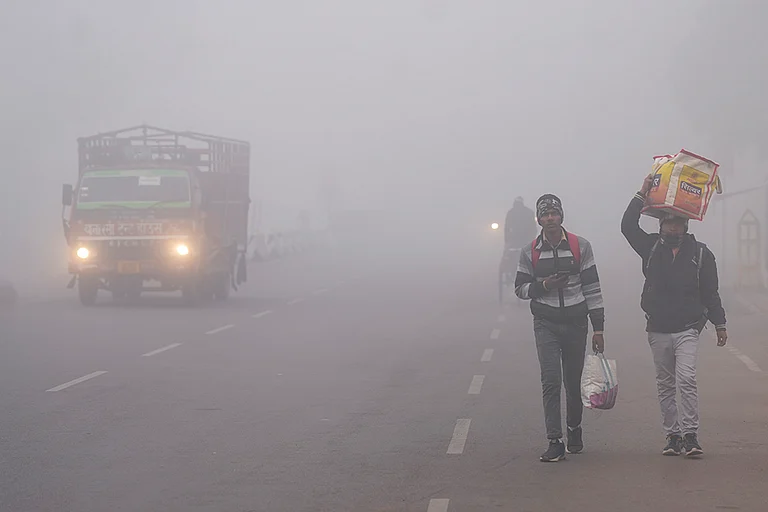During the late nineteenth century, Mumbai’s encounter with the industrial revolution resulted in the emergence of a kind of habitat that was unfit for humans as it was devoid of civic services like water and drainage and termed a ‘slum’. This was following a somewhat similar trajectory to the industrial centres of England like Liverpool and Manchester. It was only after the outbreak of the bubonic plague in 1896 in Bombay that the colonial rulers were forced to acknowledge the question of housing and sanitary conditions. In a response to the plague, the Bombay Improvement Trust (BIT) was set up in 1898 and the Bombay Development Department (BDD) in 1920 to construct low-cost housing for the innumerable workers that were working at the mills, the ports and involved in constructing the railways. Now we know that it was too late an intervention and created a legacy of housing backlog and shortage that continues till date. Historians lament the fact that both BIT and BDD aggravated the housing crisis as through their interventions they dis-housed more people than they provided housing to.
Post-Independence, we mostly followed the approach of colonial rulers when it came to the issues concerning slums or even urban development. Clearing slums was the official approach of the governments exemplified by the title of the central law - Slum Clearance Act, 1956. It was mostly about negating and not acknowledging the existence of slums and implementation of what was called slum clearance schemes. It was only during the early 70s that there was some shift from slum clearance to a more humane and rational approach to slum improvement and up-gradation. Maharashtra became one of the first states to bring state-specific slum legislation in the form of the Maharashtra Slum Areas (Improvement and Clearance) Act, 1971. It provided a policy alternative to slum clearances and demolitions in form of slum improvement programmes. In addition to carrying out citywide slum census, drives were undertaken and photo passes were issued to the slum dwellers, officially acknowledging their existence.
Concomitant to this period also saw the deepening of the political party representatives especially the locally elected corporators or ‘nagar sevaks’ in slum neighbourhoods. They emerged as the 'every day' via media and almost all political parties have their ‘slum cells’ or slum wings through which they reach out to the residents. In this regard, Shiv Sena was most successful in establishing itself and making its presence felt in these neighbourhoods and the city through grid-like network of ‘shakhas’. It is widely acknowledged that Shiv Sena had its first experience of office when it formed government in alliance with BJP in the year 1995 thanks to an electoral promise to provide ‘free houses’ to 4 million slum dwellers by establishing an exclusive Slum Rehabilitation Authority (SRA).
Provisioning of housing by removal of slums and its redevelopment by involving private developers has had serious implications for the residents of these settlements as well as the city at large. There has been no looking back and ‘re-development’ has gained hegemony over all other possibilities of providing public housing. Since 1995, when the slum re-development was introduced as the modus operandi of providing housing to slum dwellers, no political party has been able to look beyond it. Re-development as an ideology has been successful in an all party consensus.

In addition to the spatial landscape, redevelopment has transformed the political and social landscape of the city as well, turning housing from a social good to an economic good. It has led to the emergence of a speculative market of development rights known as TDR (Transferable Development Rights). The past few months have seen the outlandish scams of the developers undertaking slum re-development. Mind-boggling figures of thousands of crores of rupees worth of loans taken from banks, ostensibly to re-develop slums but then being syphoned off for other purposes seems to be modus operandi. Slum dwellers were always dispensable and slums have also been transformed into a currency which is exchangeable.
There has been an inconvenient truth about slums, which is; that they are the visible marker of the inequality that marks our cities and a result of a specific trajectory of urban development that has continued even in post-colonial times. Since Independence and even before that there has been always a wide gap in the housing that gets produced in the formal sector. This left a large number of city dwellers only with the option to fall upon housing produced in the in-sector arena. Thus, slums more than anything are symptomatic of the dereliction of the state agencies entrusted with the task of creating formal housing stocks in Mumbai and elsewhere. The slum is about what architect Jai Sen spoke about as the unintended city, the one that has never been part of the formal master plans but has always been implicit in it. The slum is the embarrassing alter ego of the planned city, the city without which it cannot survive but also cannot own up to or acknowledge.
Rather than just being an undesired urban form, the slum is also about the negotiations with everyday survival or trying to establish a foothold in the city. The focus should also be on slum as a concept or a category. Slums have for long stigmatised the specific urban form and its residents. Looking at a settlement as a slum justifies the use of the discretionary exercise of the state and its agencies. For a long slum has been used as a synonym for poverty, despair and illegality. This needs to change for any meaningful understanding and engagement.
The story of Mumbai and its slums is just not of despair but also of hope, it's a dream but also a nightmare, it is as much an answer as a question. The slum poses a provocation not just to the paradigm of urban development but more importantly to the promise of citizenship and democracy.
(Views expressed in this article are personal and do not necessarily reflect the views of Outlook India.)





















